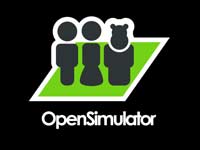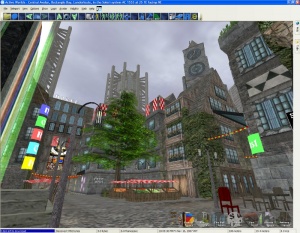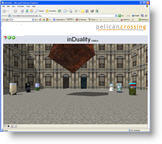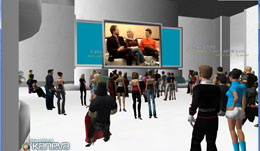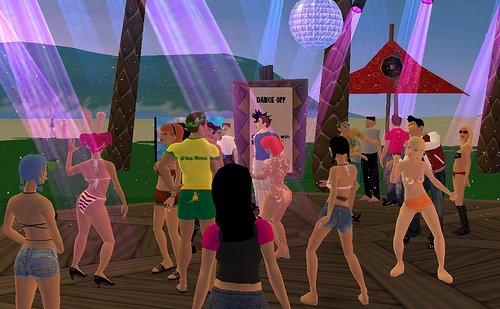Last update : April 10,2013

Logo Francogrid
FrancoGrid est un espace virtuel en trois dimensions, un metavers libre et francophone. Le logiciel Open Source OpenSimulator est le « moteur » de Francogrid, il est compatible avec le client de Second Life ™. L’équipe de Francogrid maintient une grille où chacun est libre de connecter son propre simulateur et ainsi, d’agrandir l’espace avec de nouvelles régions virtuelles !
L’objectif est d’exploiter au mieux ce nouveau support de communication et d’organiser la collaboration entre les membres. L’équipe de Francogrid veut soutenir activement le projet OpenSimulator par le rapport de bugs, le développement de “patch”, des expérimentations, et la réalisation de tutoriels.
Le site web de Francogrid comprend plusieurs blogs avec une liste d’évenements, des partenaires, des statistiques et des nouvelles.

